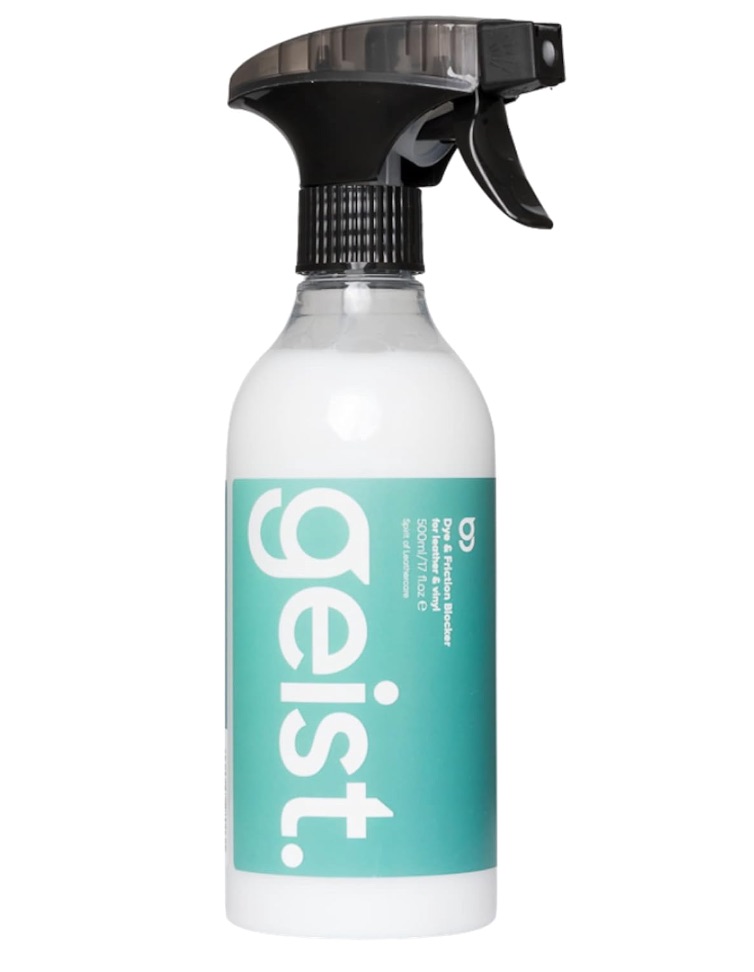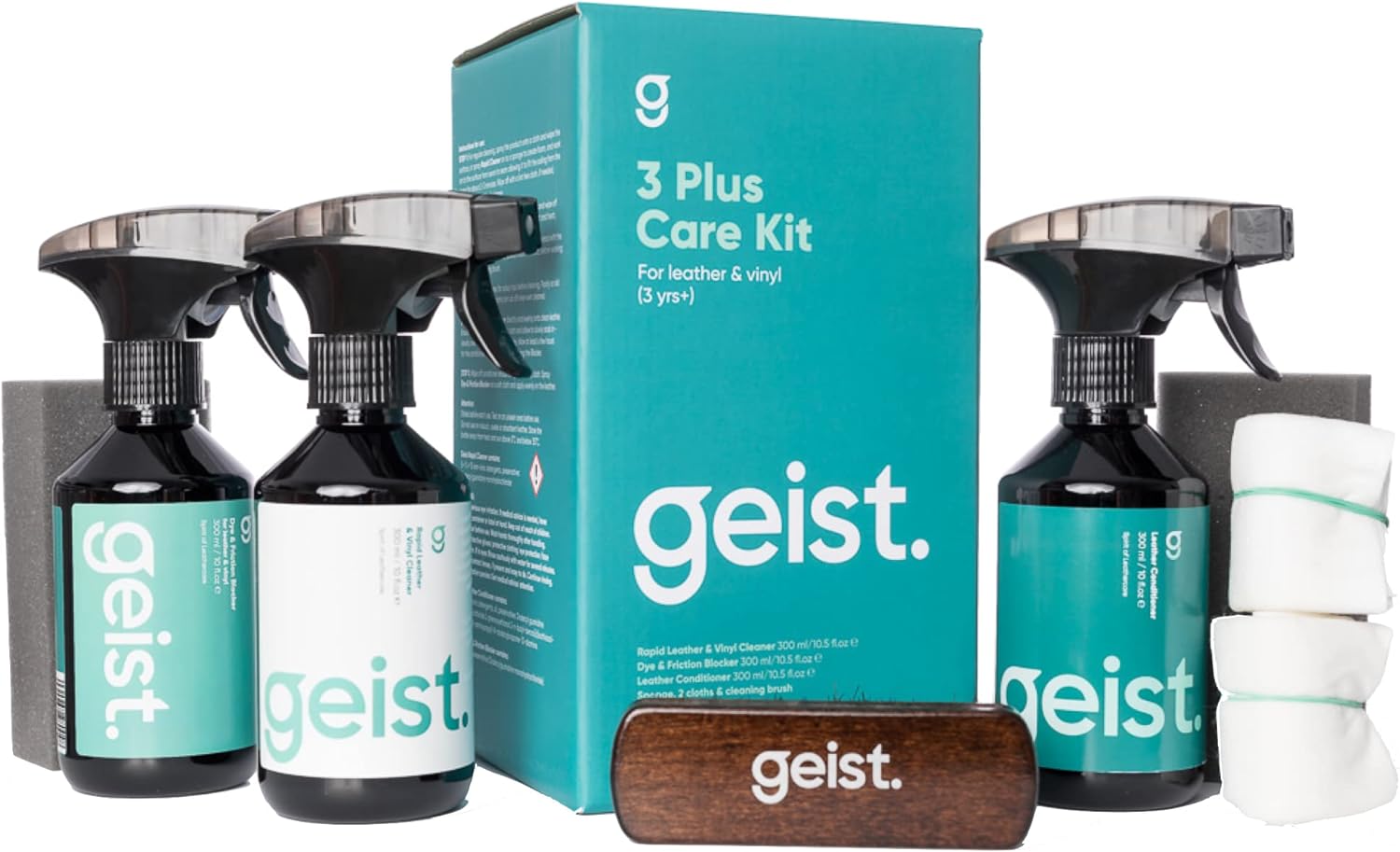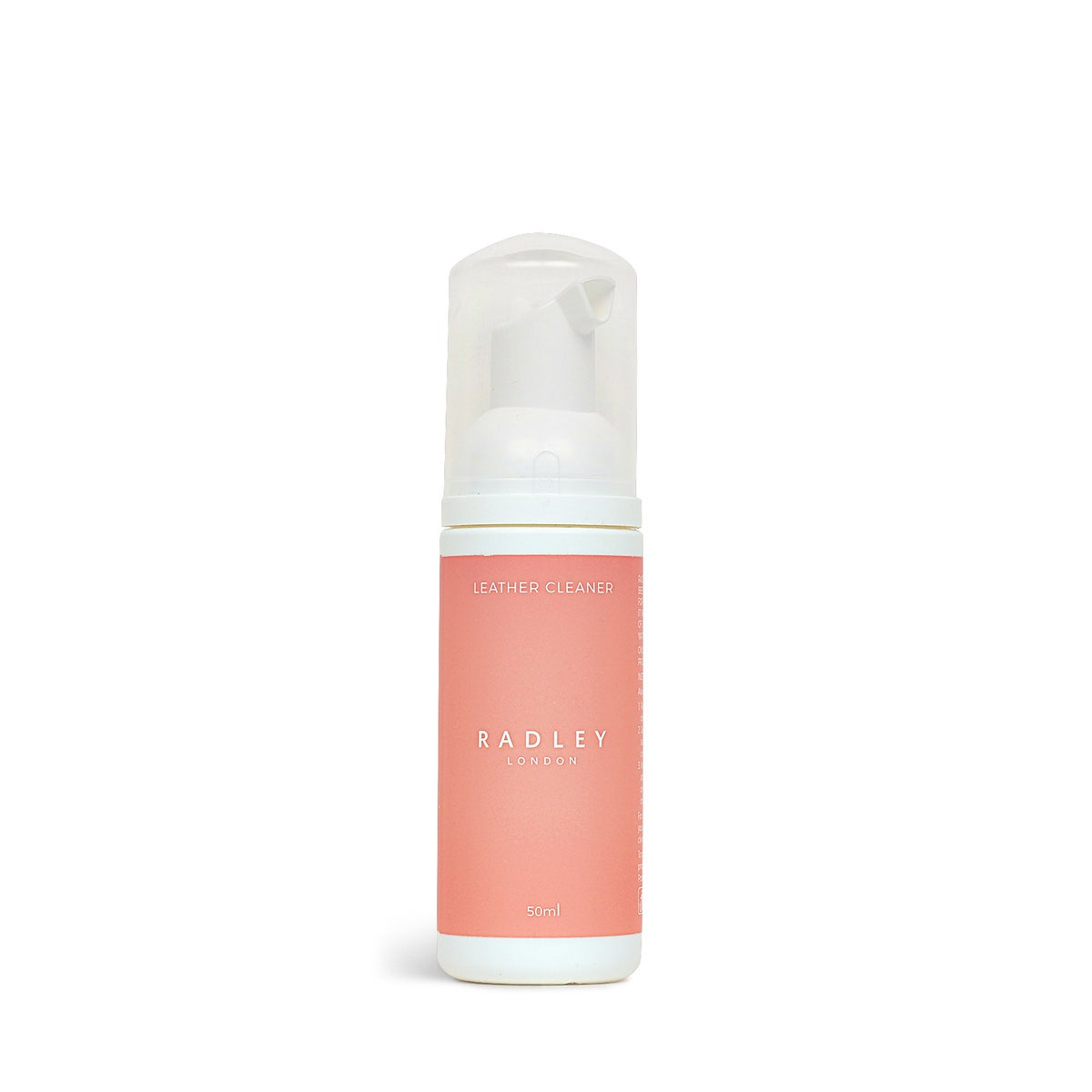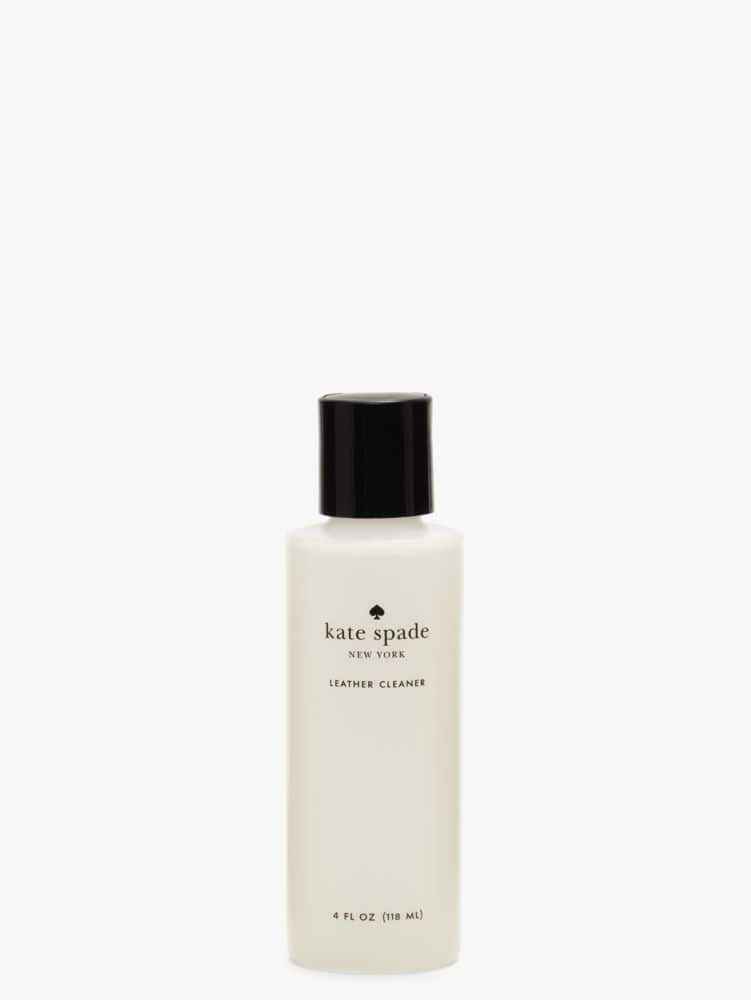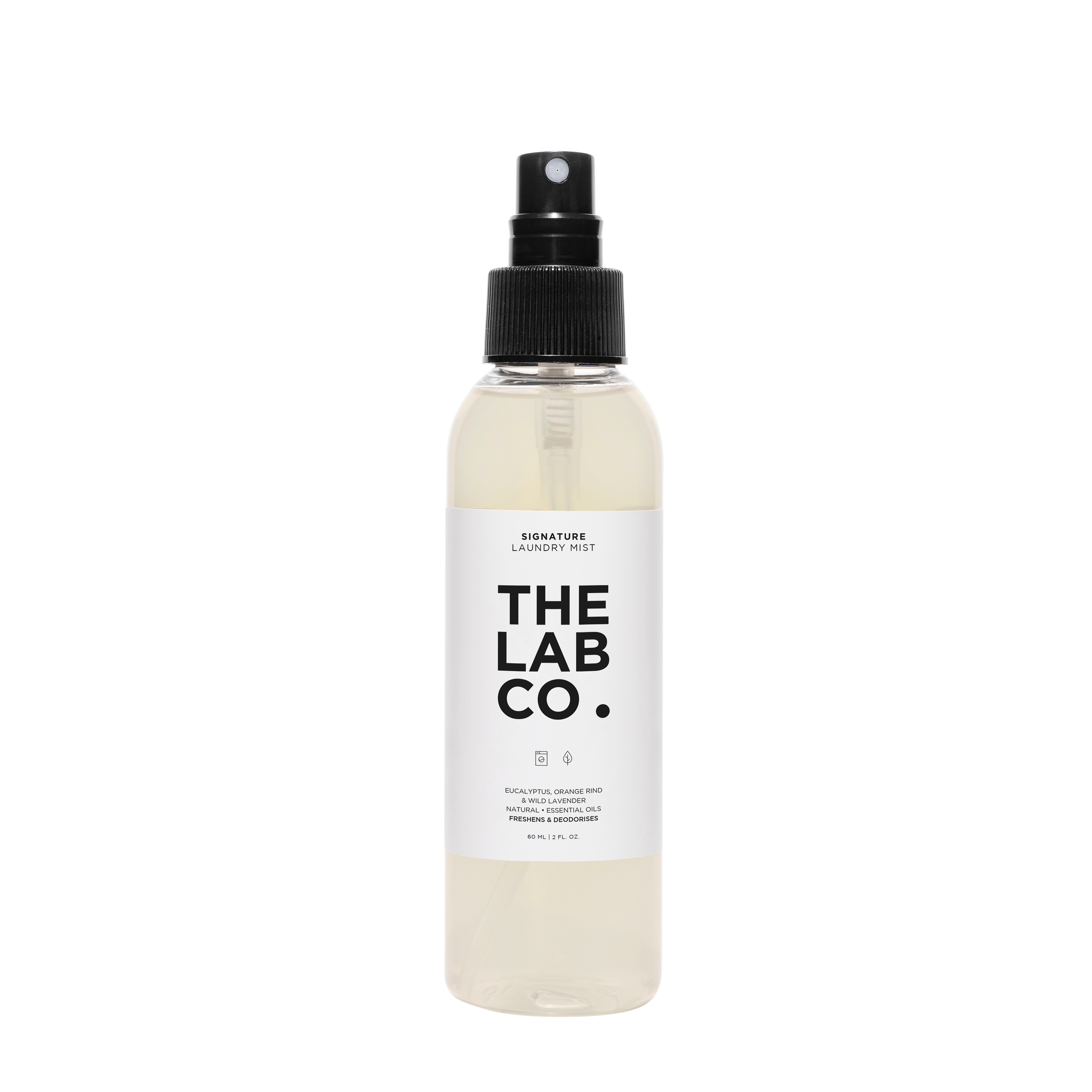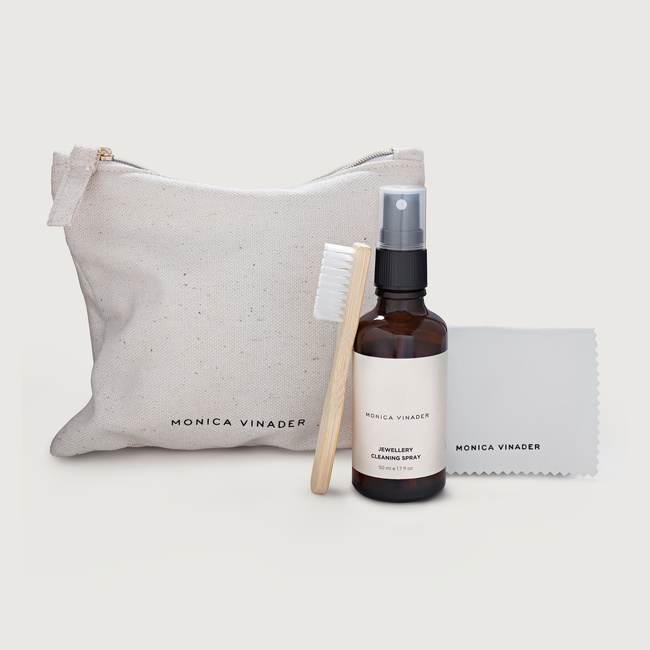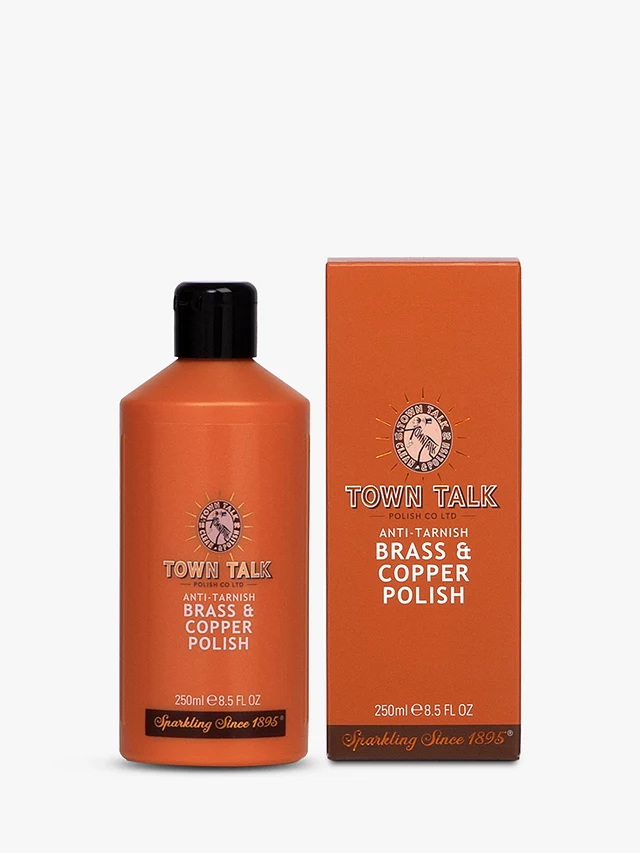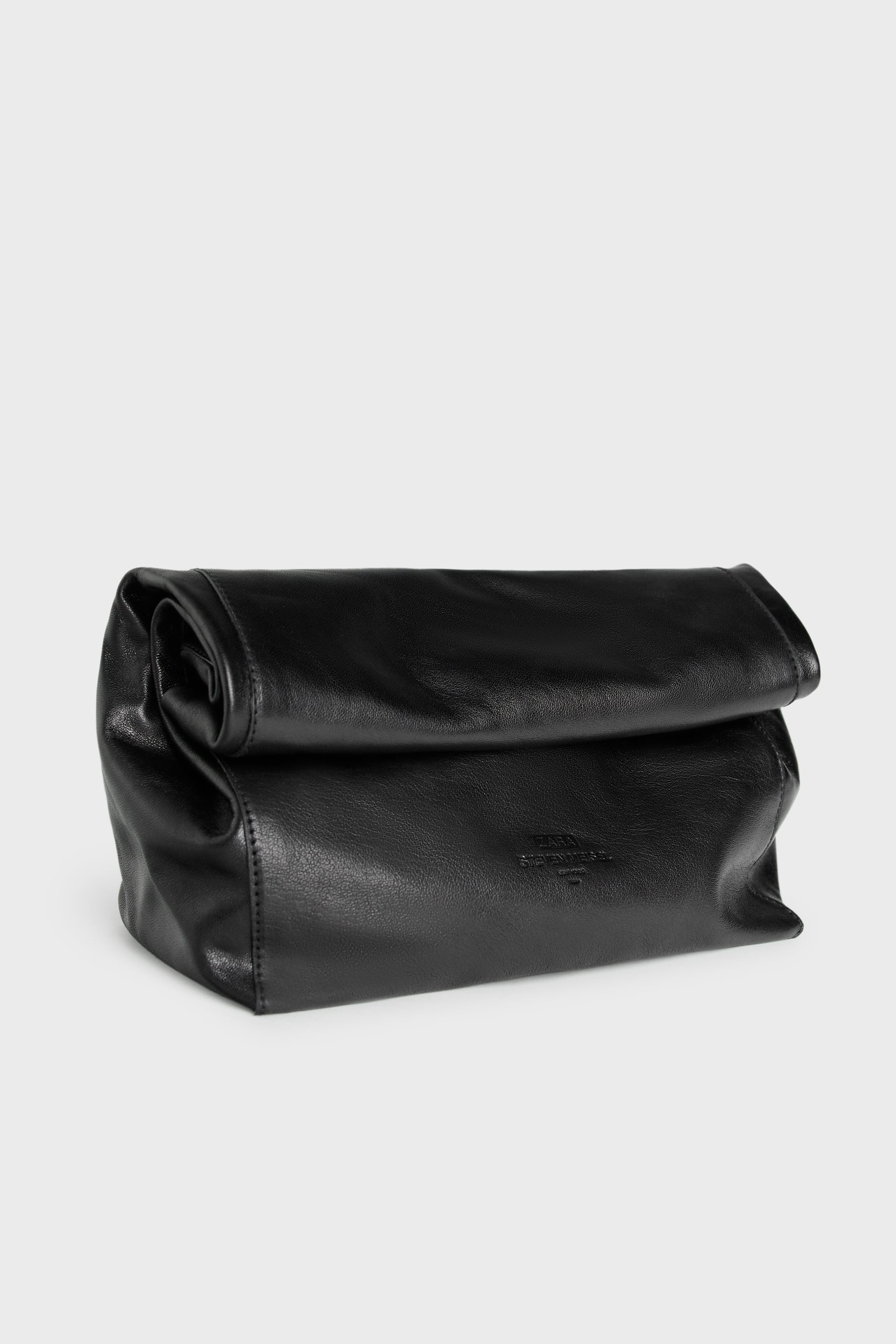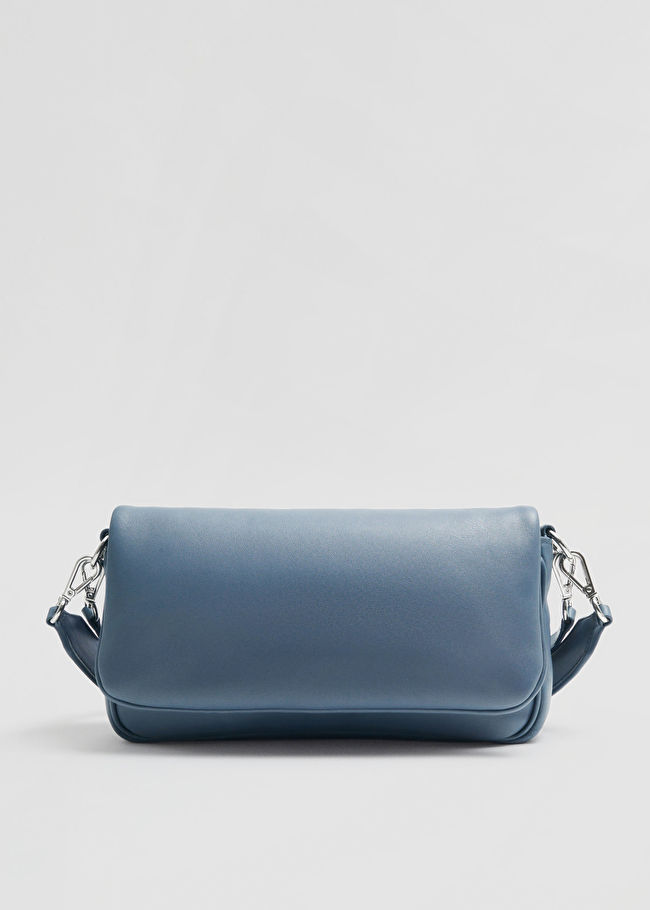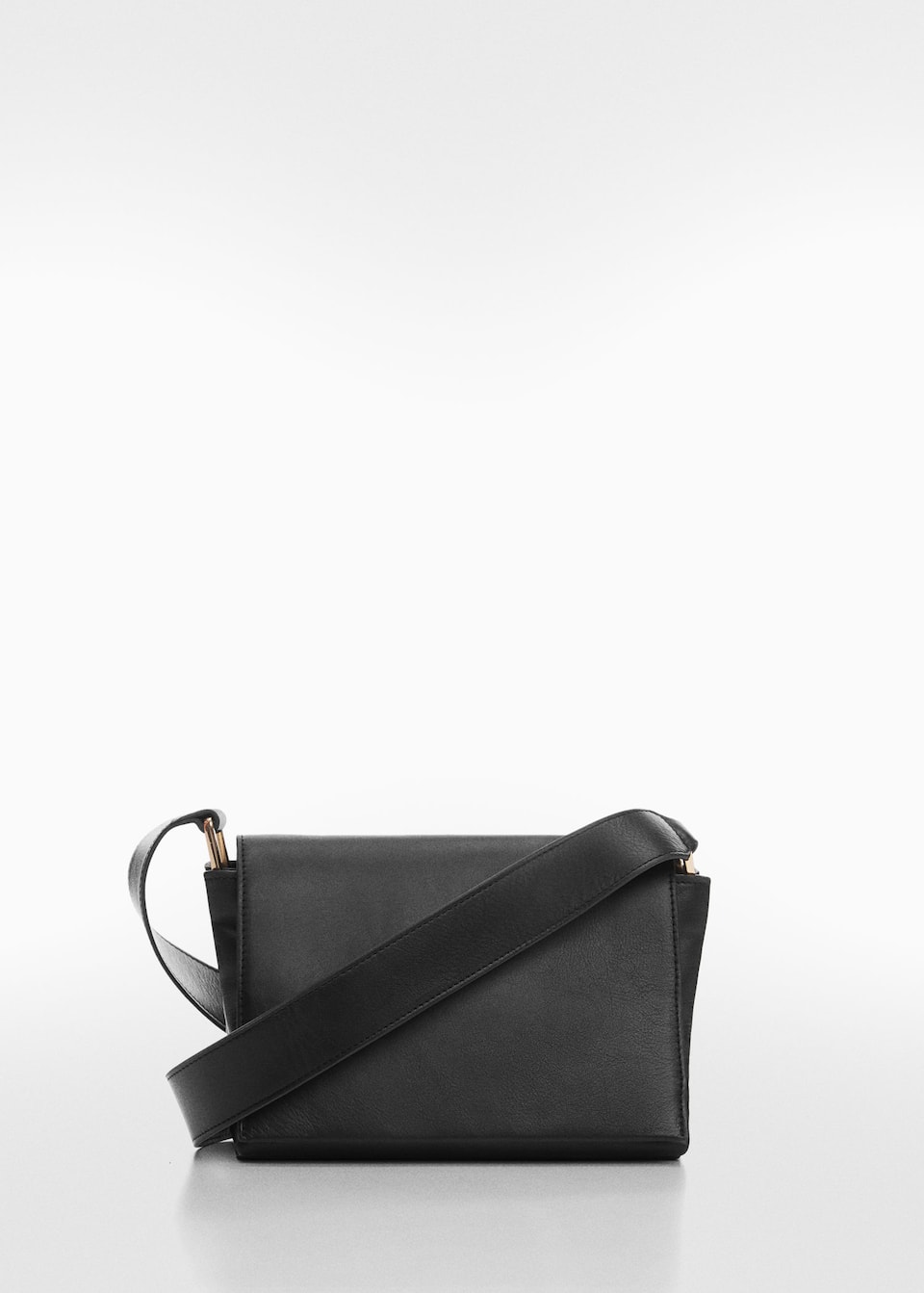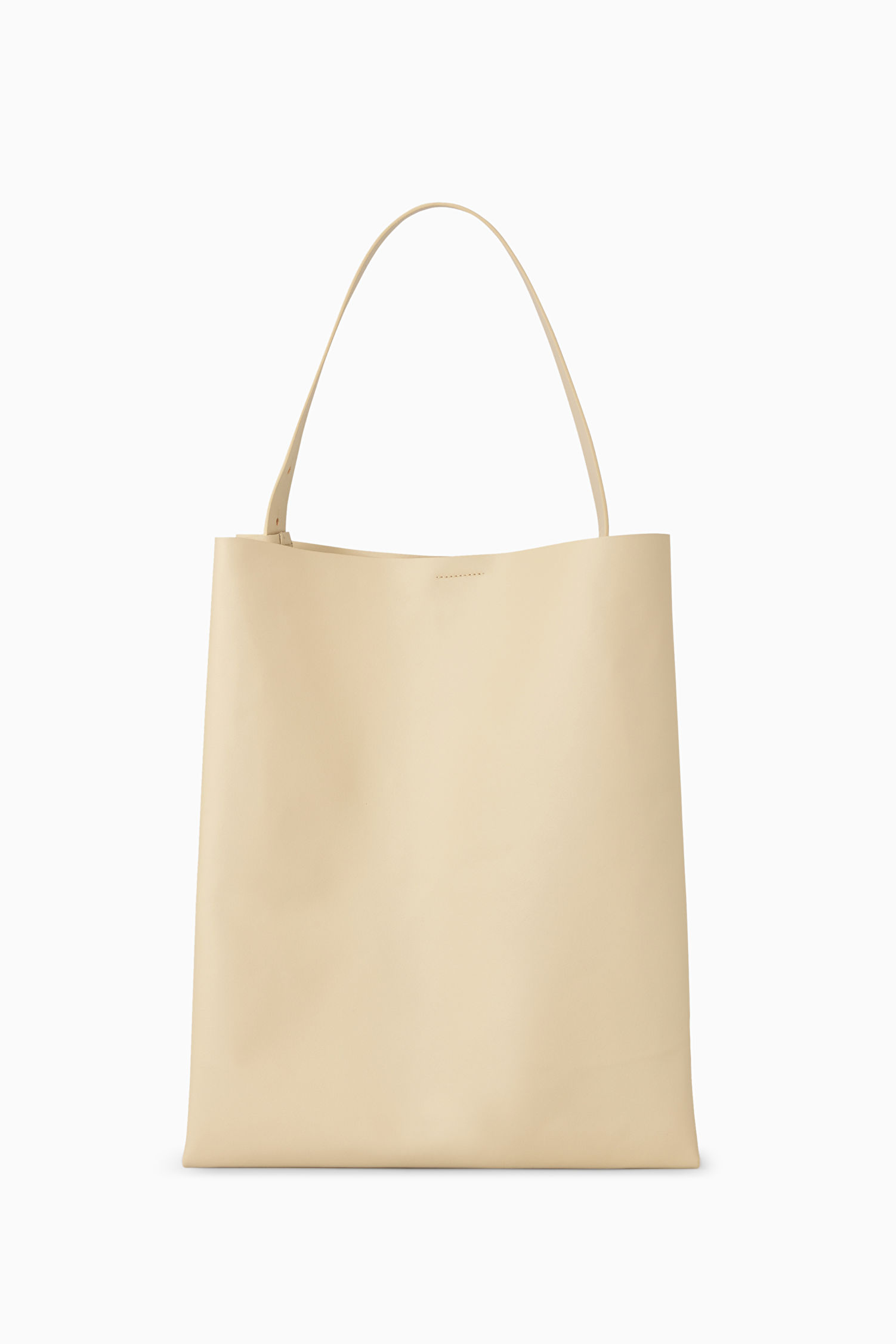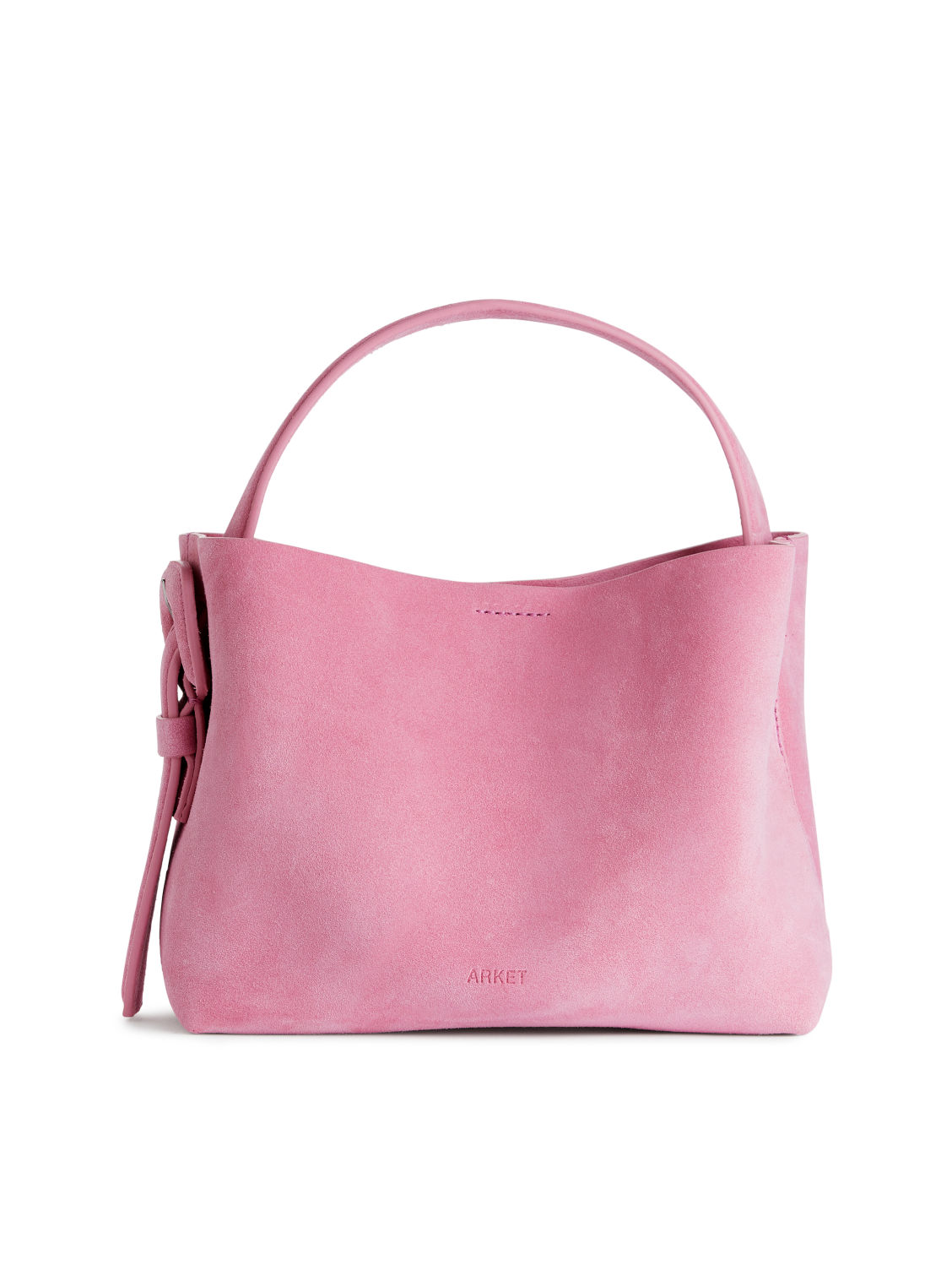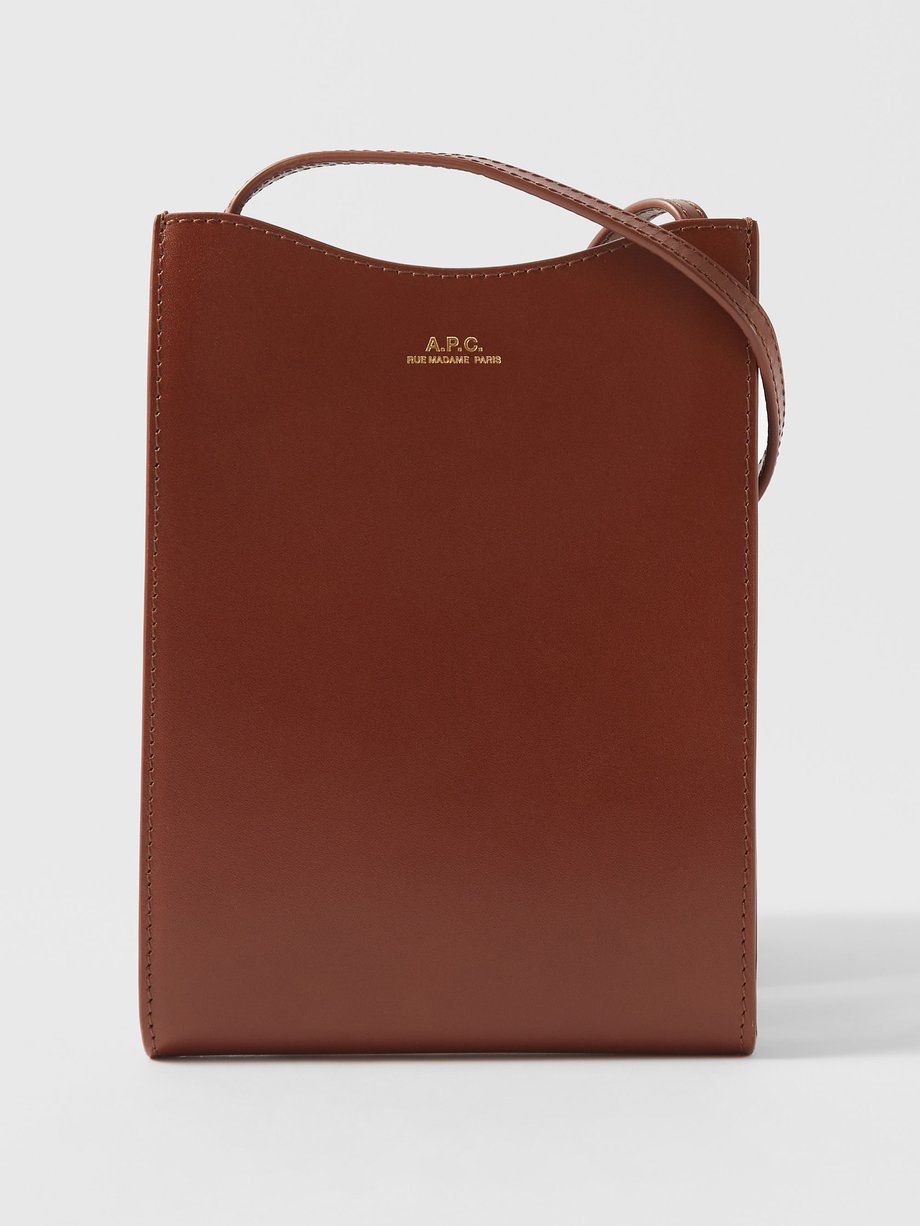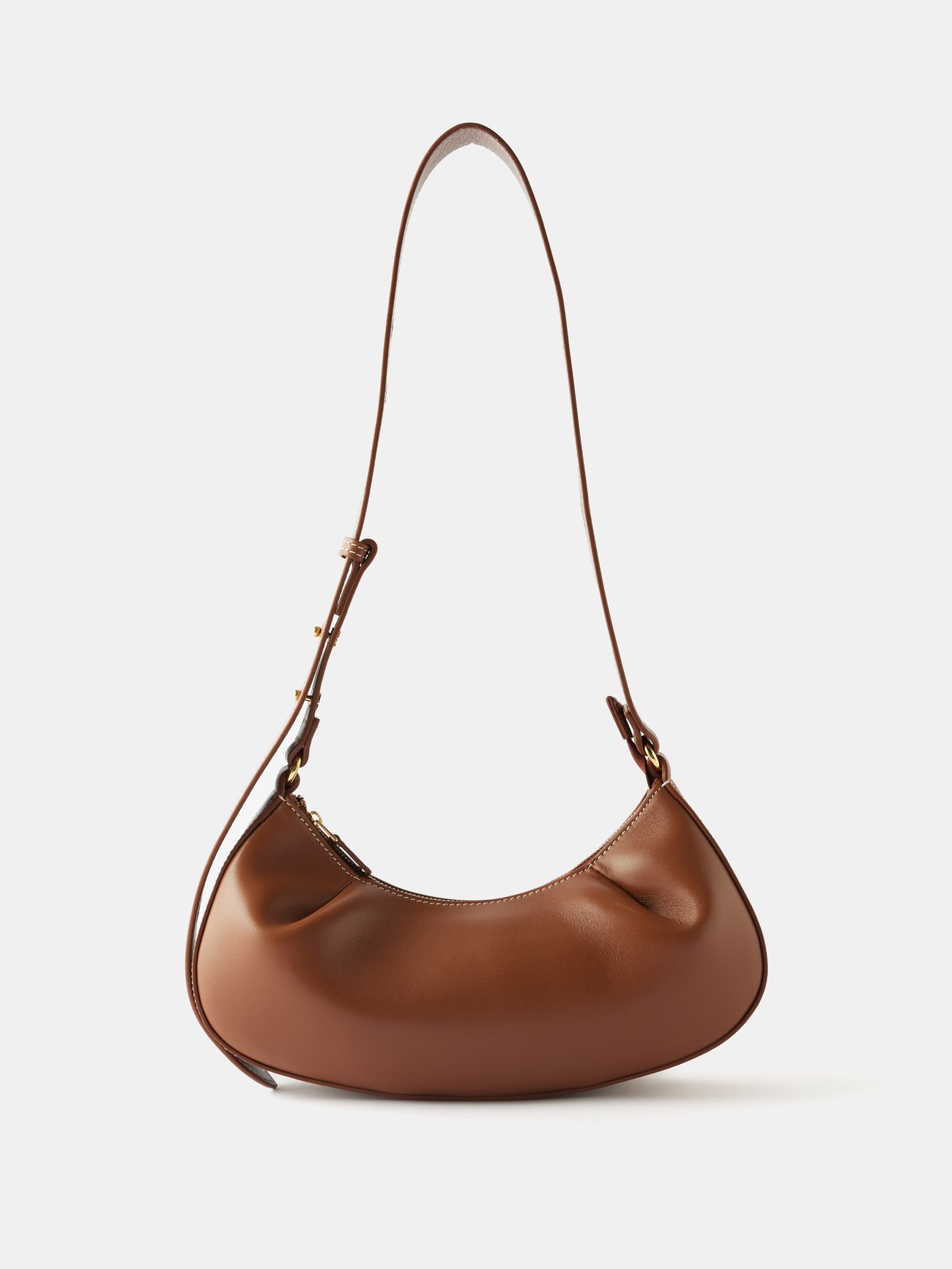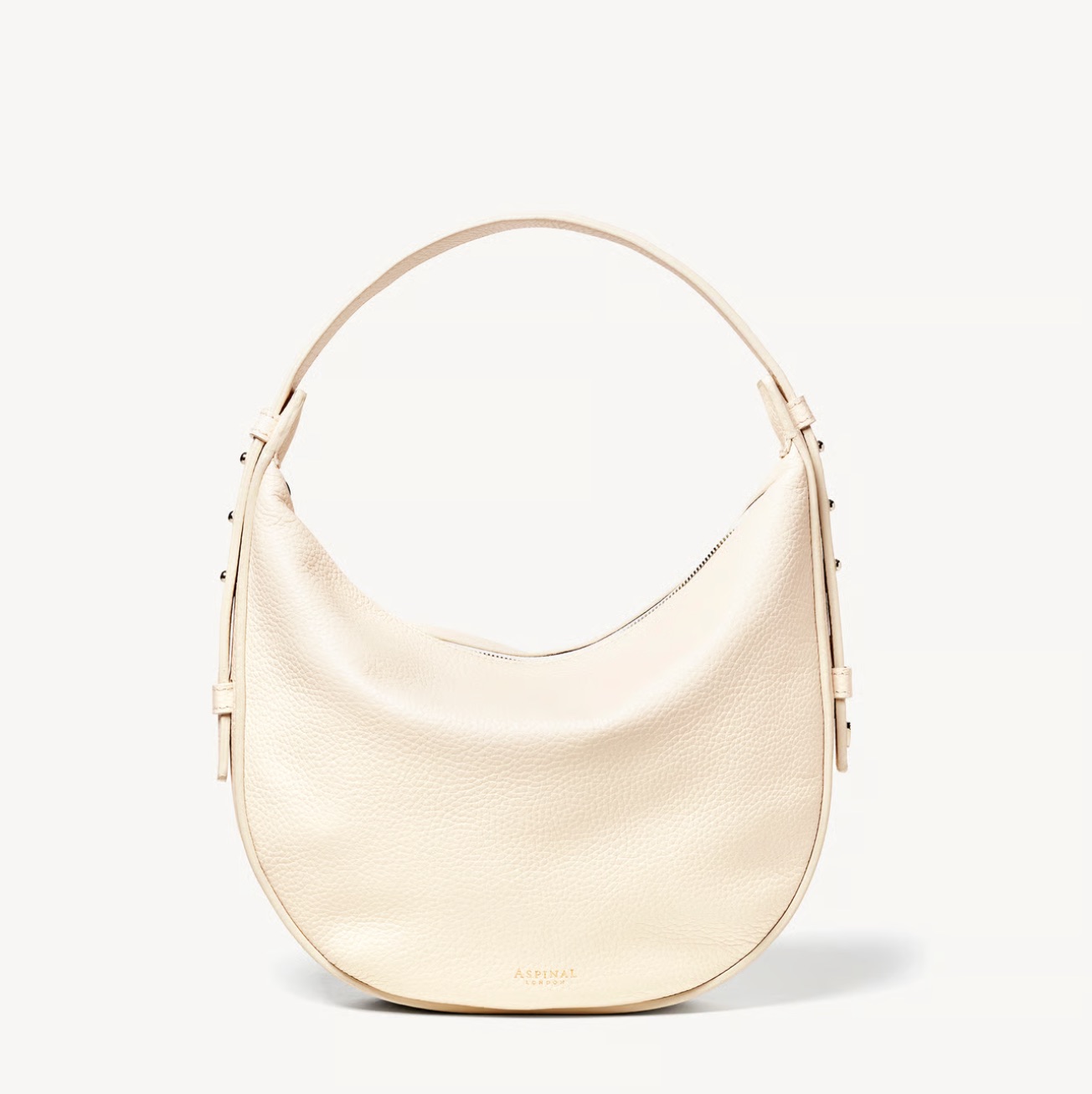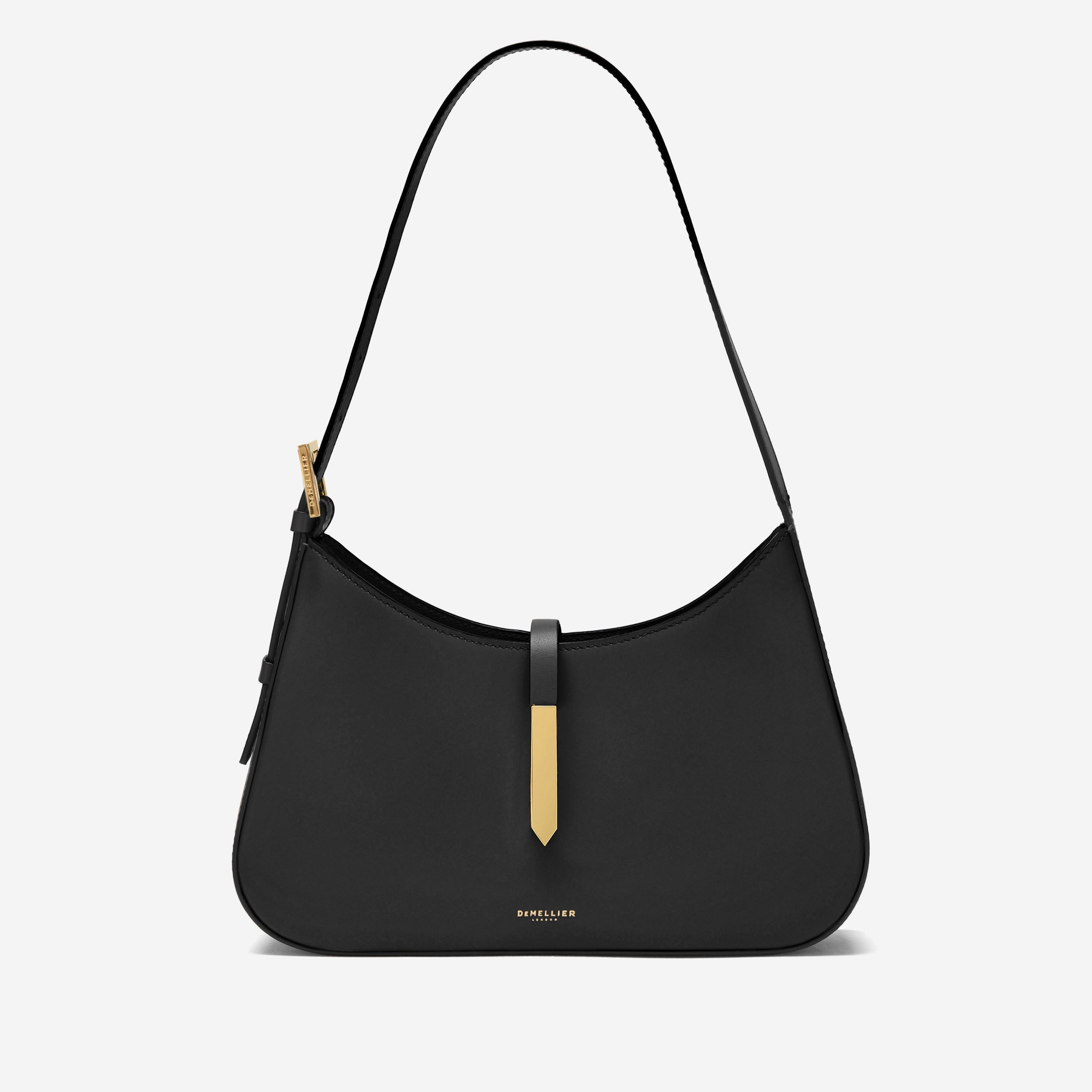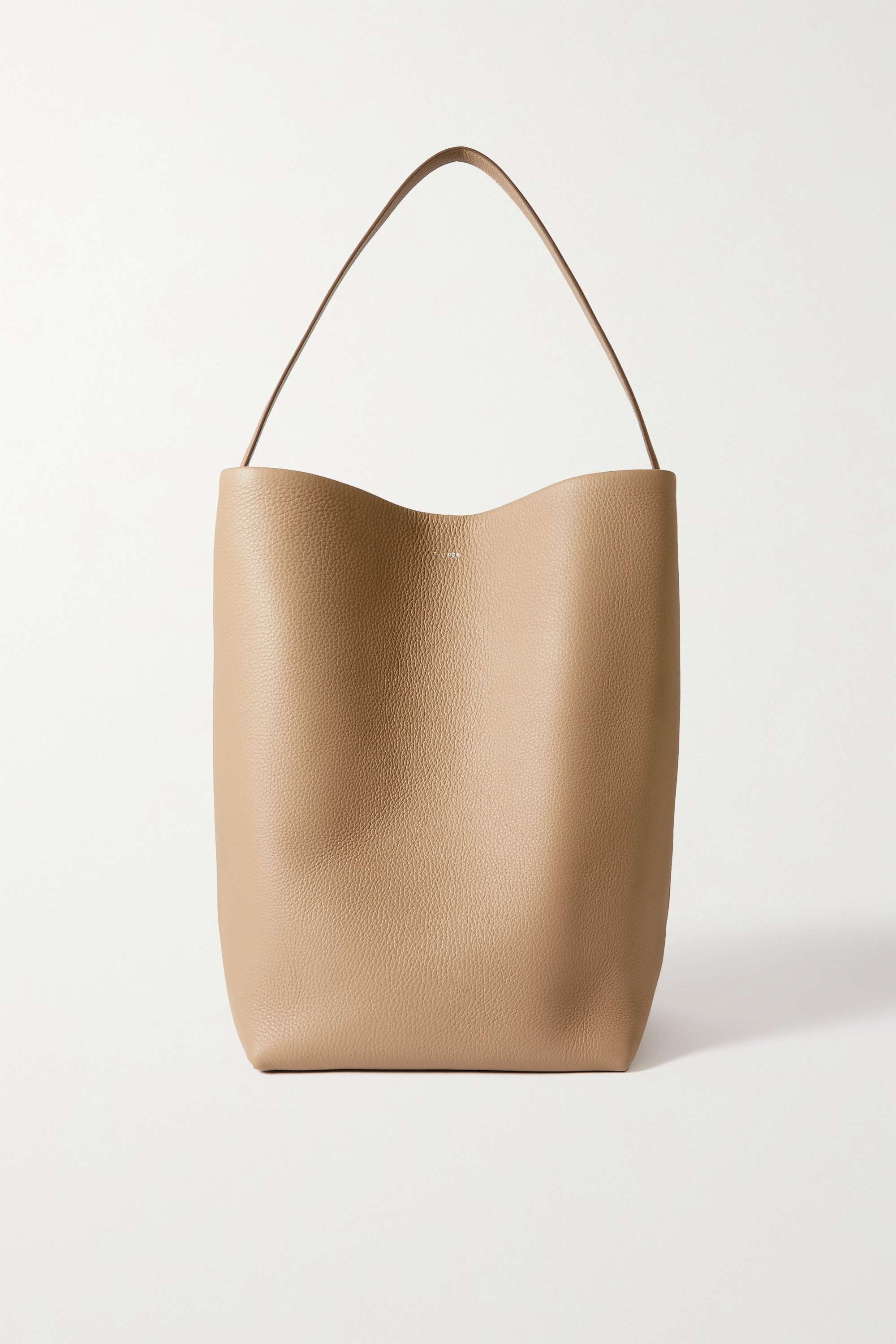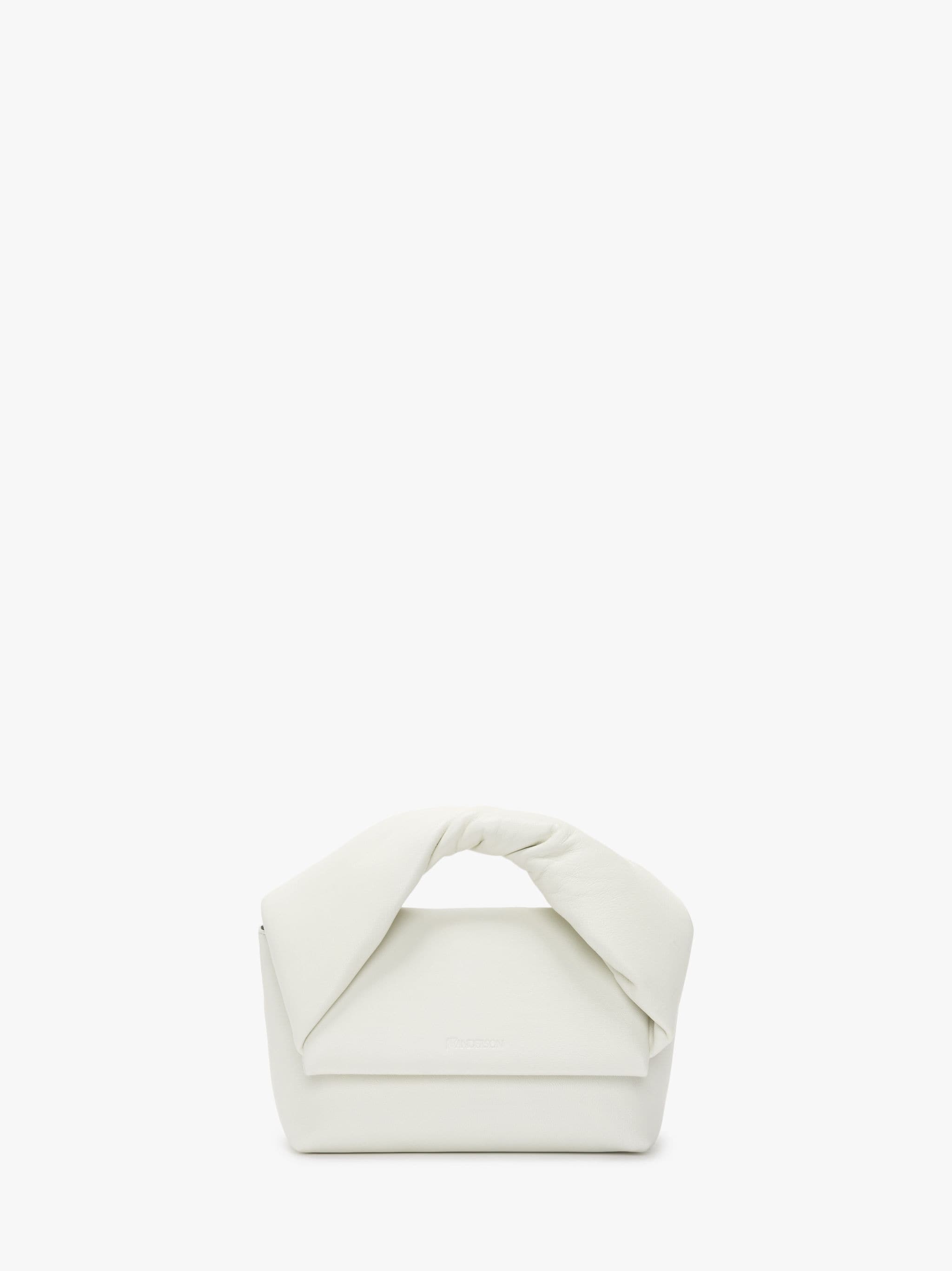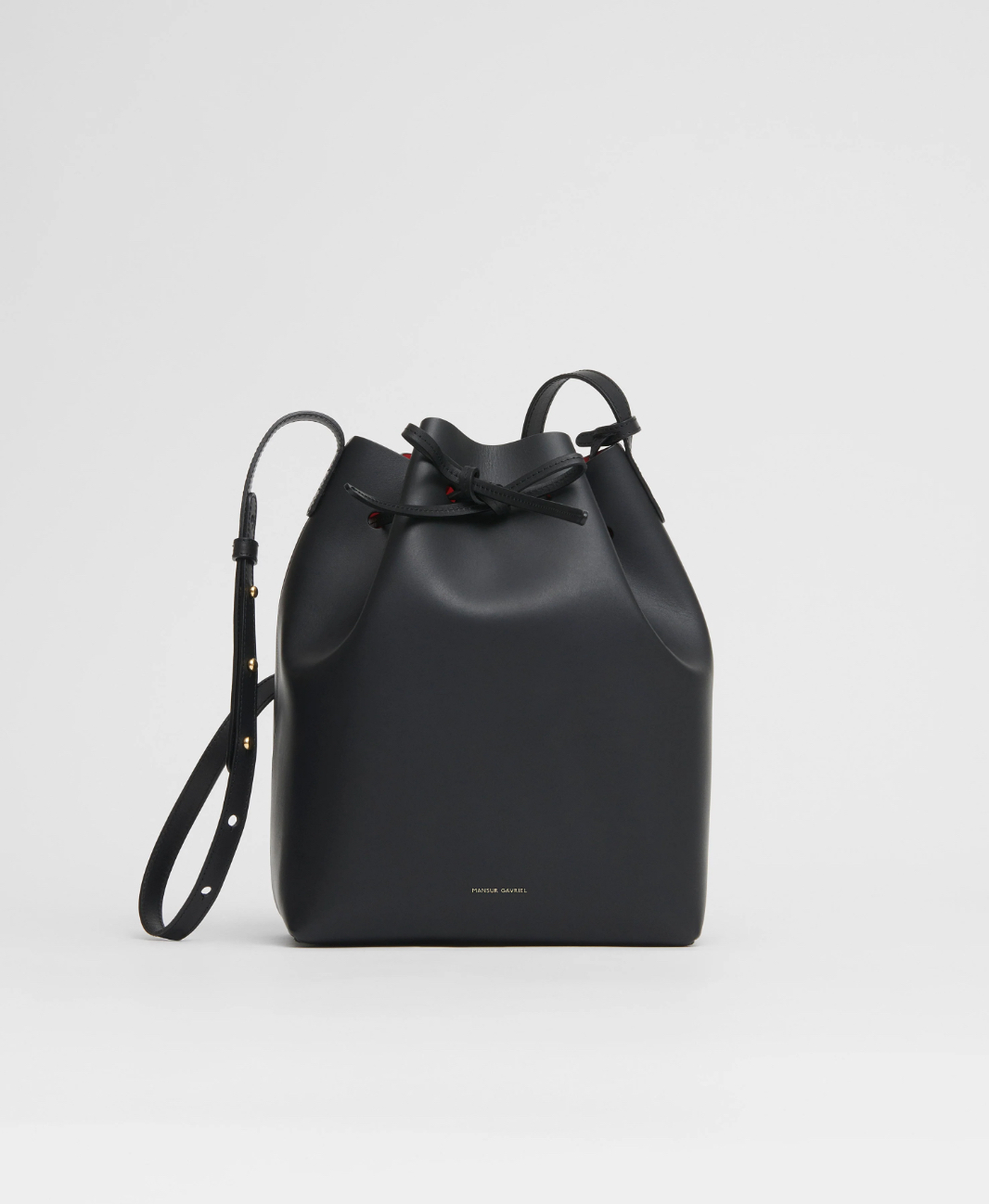How to Clean a Leather Bag Correctly, According to the Experts
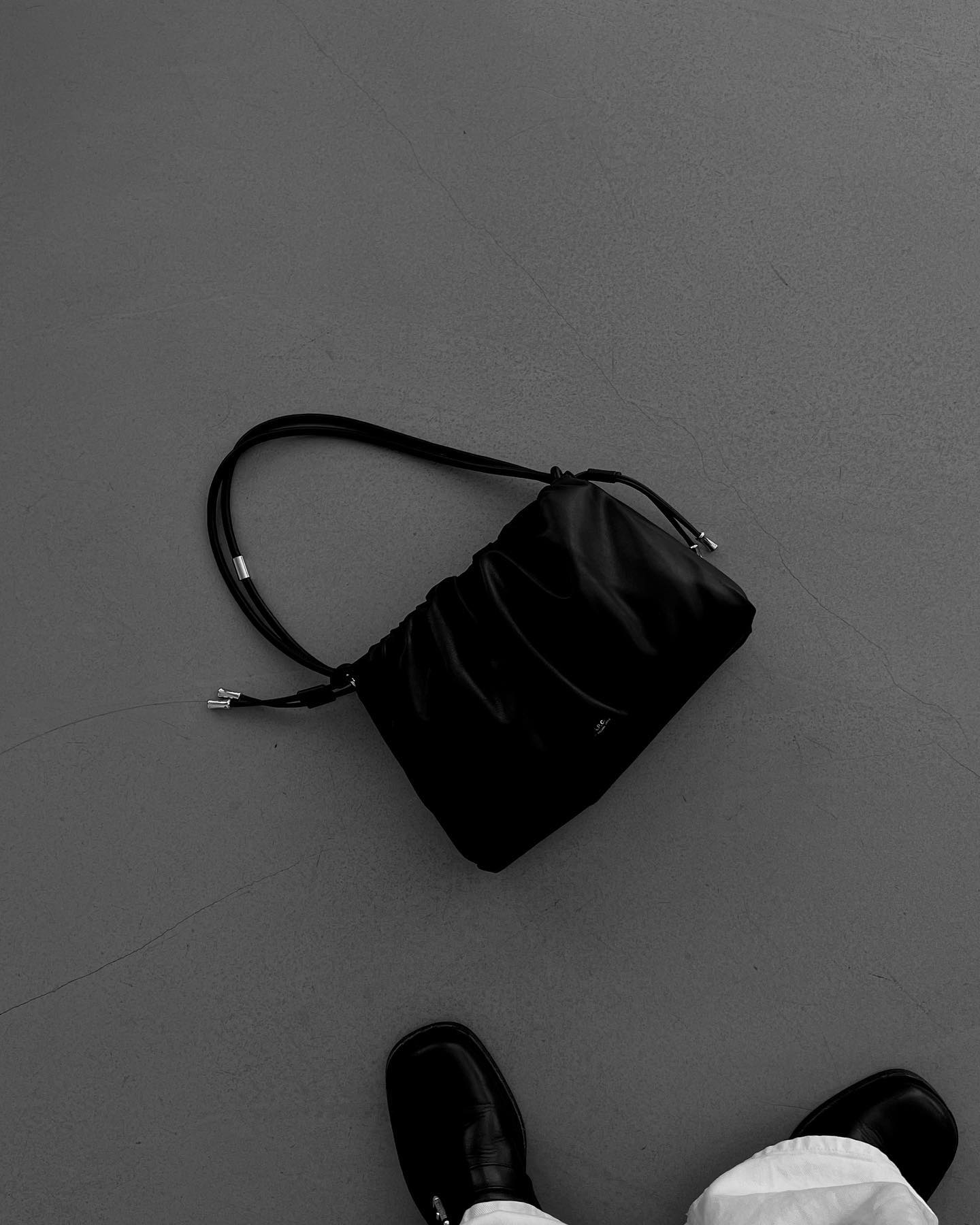
Before I delve into leather cleaning methods along with preventative advice from leather experts, I'm going to hold my hands up and admit that I'm not the best when it comes to handbag organisation, de-cluttering or general care. I'm a throw-everything-in-and-think-about-it-later sort of person, and countless times I've found pens without their lids and miscellaneous crumbs filling in the crevices of my bags. I'm forever searching "Stain removal red wine" or "How to clean (insert fabric here)", my fingers often typing at the speed of light because I need to act fast in order to avoid irreparable damage to a piece of clothing or an accessory. My partner even nicknames me Spiller, and that's no coincidence.
But in my quest to try to be a better version of myself and make my leather goods last longer, I tracked down some pros in leather care to learn about preventative measures, on-the-spot cleaning and which myths to avoid if you don't want to ruin your leather. Scroll on to discover their tips, and shop any products you may need to help care for and clean your favourite pieces.
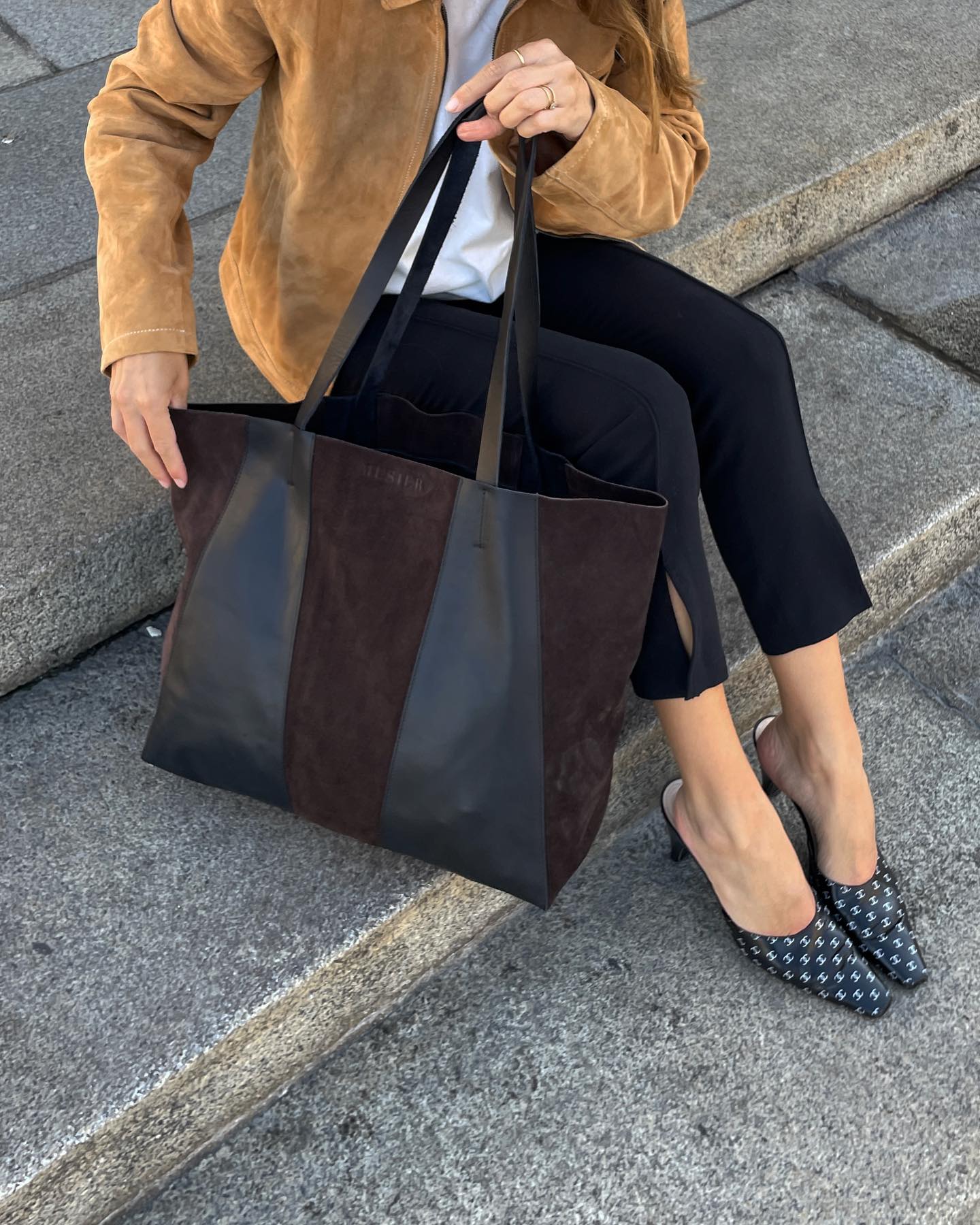
1. PREVENTION
"When they’re not in use, leather handbags should be stored away from any light source to protect the pigmentation and finish of the leather. Make sure the storage area is dry, as leather can mould in damp environments", I'm told by Layla Sargent, who founded The Seam after moving to London and struggling to find reliable and personable tailors. She wanted to honour her nan Patricia, who was a skilled dressmaker, by creating a service which serves to repair and preserve pieces to encourage longevity. "It’s important not to store handbags hanging by their straps or handles, and structured handbags should be stored empty to give them the opportunity to air out. Less structured bags can be stored with crumpled paper inside to help maintain their shape and avoid creases," she says.
Zachary Pozniak, vice president of Jeeves (which I have personally used for dry cleaning and a very successful restorative project on some leather seat covers) suggests leather protectors like leather conditioners and dye transfer preventers to avoid colour from say, a pair of indigo jeans, onto a pale leather bag. Additionally, you shouldn't touch your handbag immediately after you've applied hand cream, as this can leave greasy marks on the leather. "For oily-type stains such as these, the all-purpose leather cleaning spray is a good place to start, and then follow it up with a dry side solvent cleaner, says Pozniak.
Did your bag come with a dust bag? Great, use it! Or if not, use a pillow case to protect your bag when it's not in use. Another tip I picked up is to protect your bag when you're at the hair salon, as hair-dye splashes are apparently very common, and are particularly stubborn stains that experts are regularly asked to remove.
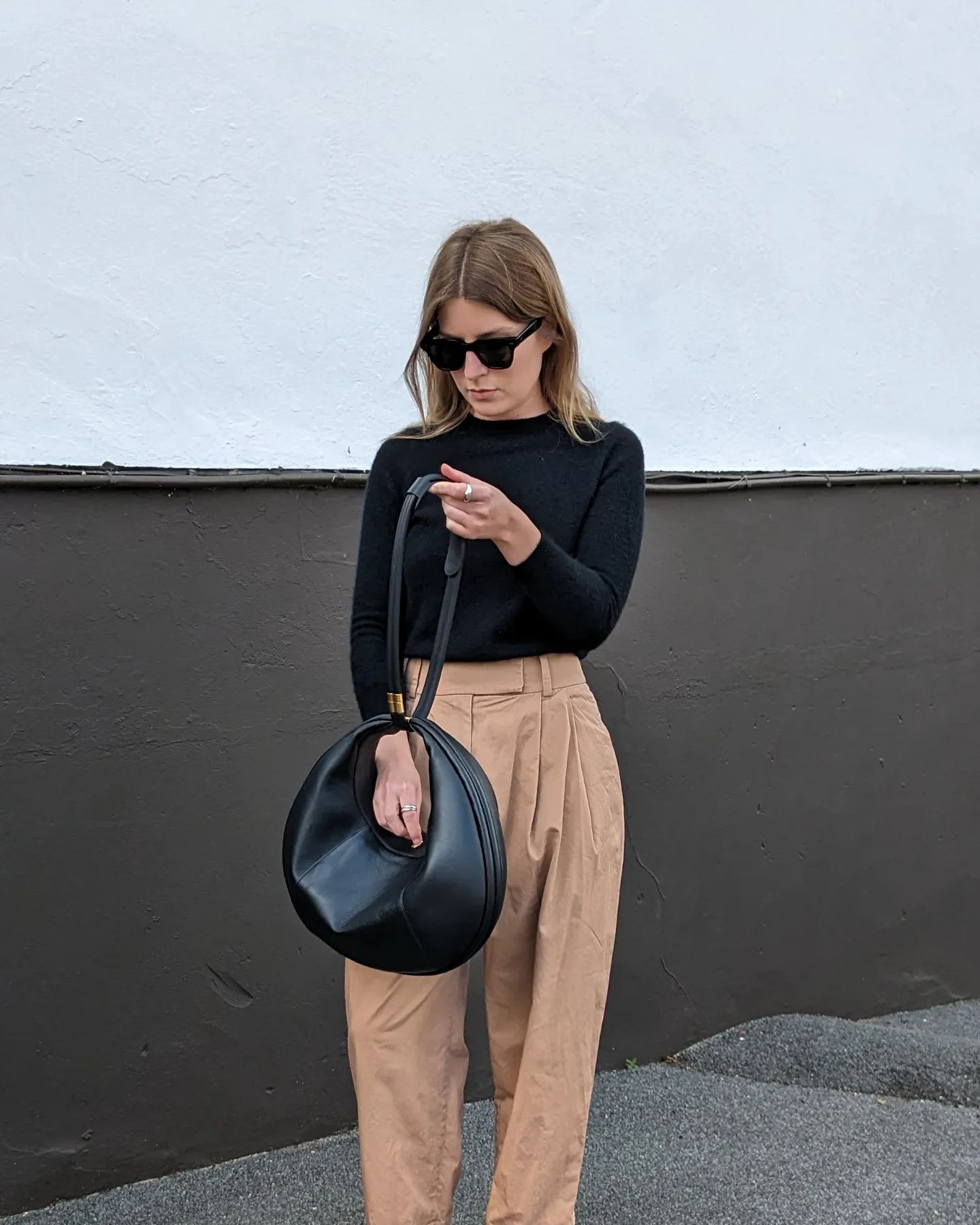
Shop Preventative Products:
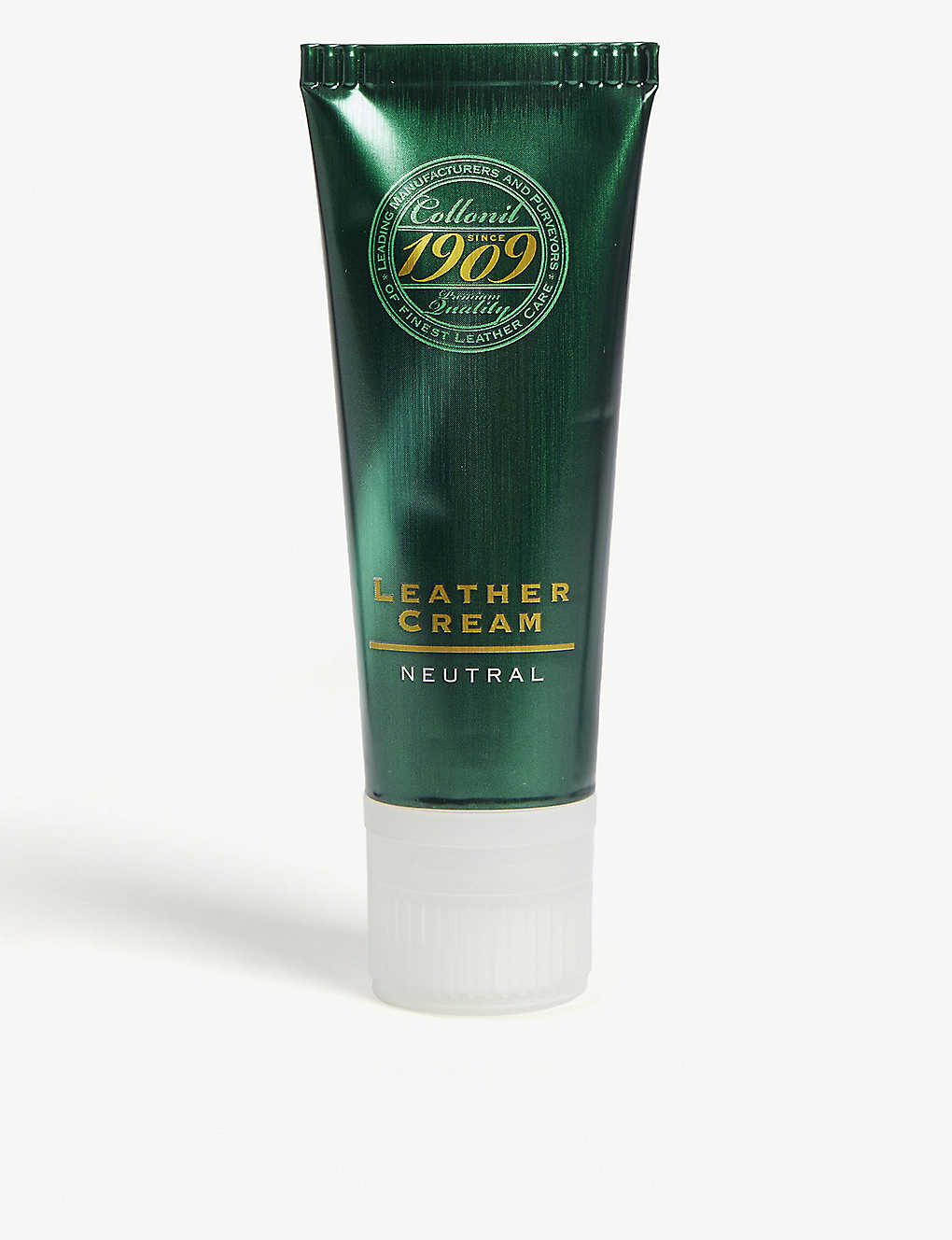
This cream is perfect for a little revival project on your tired leathers, keeping them supple and in great shape.
2. CLEANING
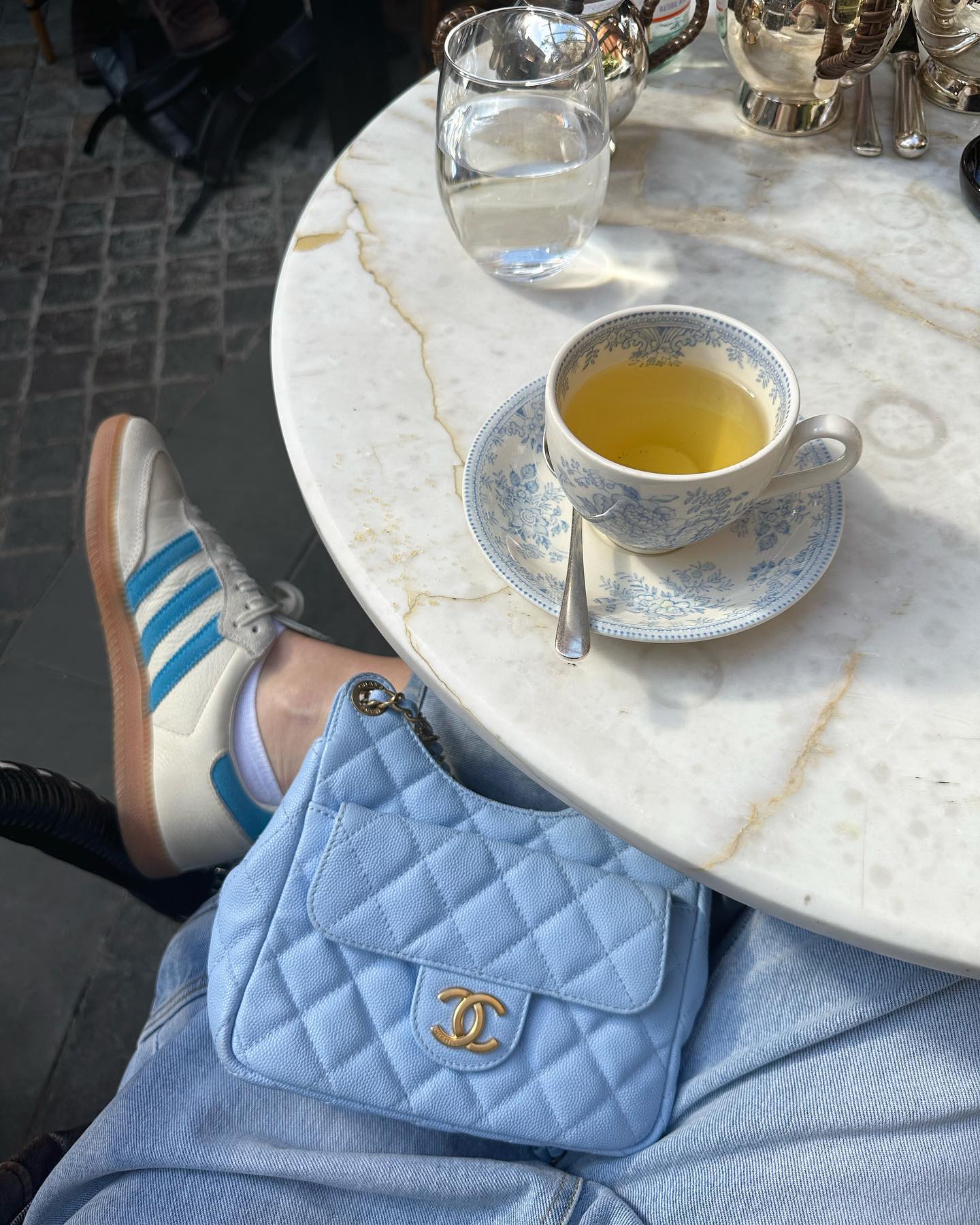
How regularly should you clean your bag? Depending on the use, our experts suggest at least once a year will keep your bag looking and feeling its best. For a mild at-home clean, Pozniak suggests warm water and a drop of dish soap in order to wipe down your bag to remove surface soiling. Note: the cloth should be damp (not wet) and this method should not be performed on suede. With the wide array of scenarios and liquids that our beloved bags could come into contact with on a daily basis, there are many methods for stain removal, and it's important to identify the correct one for the specific stain and type of leather first. If there is any uncertainty, you're advised to seek help from a professional who should have years of extensive knowledge and experience with each situation.
1. Act fast. When the dreaded event happens, an important first step is to use a dry cloth and dab the stain to remove all excess moisture, as adding more may spread the stain across the leather. It is crucial that stains are dealt with quickly, as the stain may start to work itself deeper into the fibres of the leather.
2. Blot the area with a damp (not wet) cloth and warm water. When working the cloth into the stain, you should move from the outside inwards to prevent it spreading.
3. Use a cleaner to work on the stain and follow the same outside-inwards directional motions as above. Never scrub the stain, as this could also cause it to spread further across the surface.
4. Use a dry cloth or tissue to remove any excess product and moisture. To be certain of how the surface will look once dry, you can patch-test on a non-visible area like the inside.
5. Let your bag air-dry in a warm room. No direct heat should be used to accelerate the drying process as this may set the stain.
6. Use a leather conditioner to nourish the leather and keep it soft. It's also important to note the type, finish and colour of your leather to determine the best conditioner for your bag beforehand.
For extensive tips on specific stain removal and maintenance at home, have a look at the Jeeves TikTok and Instagram pages, which feature numerous videos to guide you through the process.
Shop Cleaning Products:
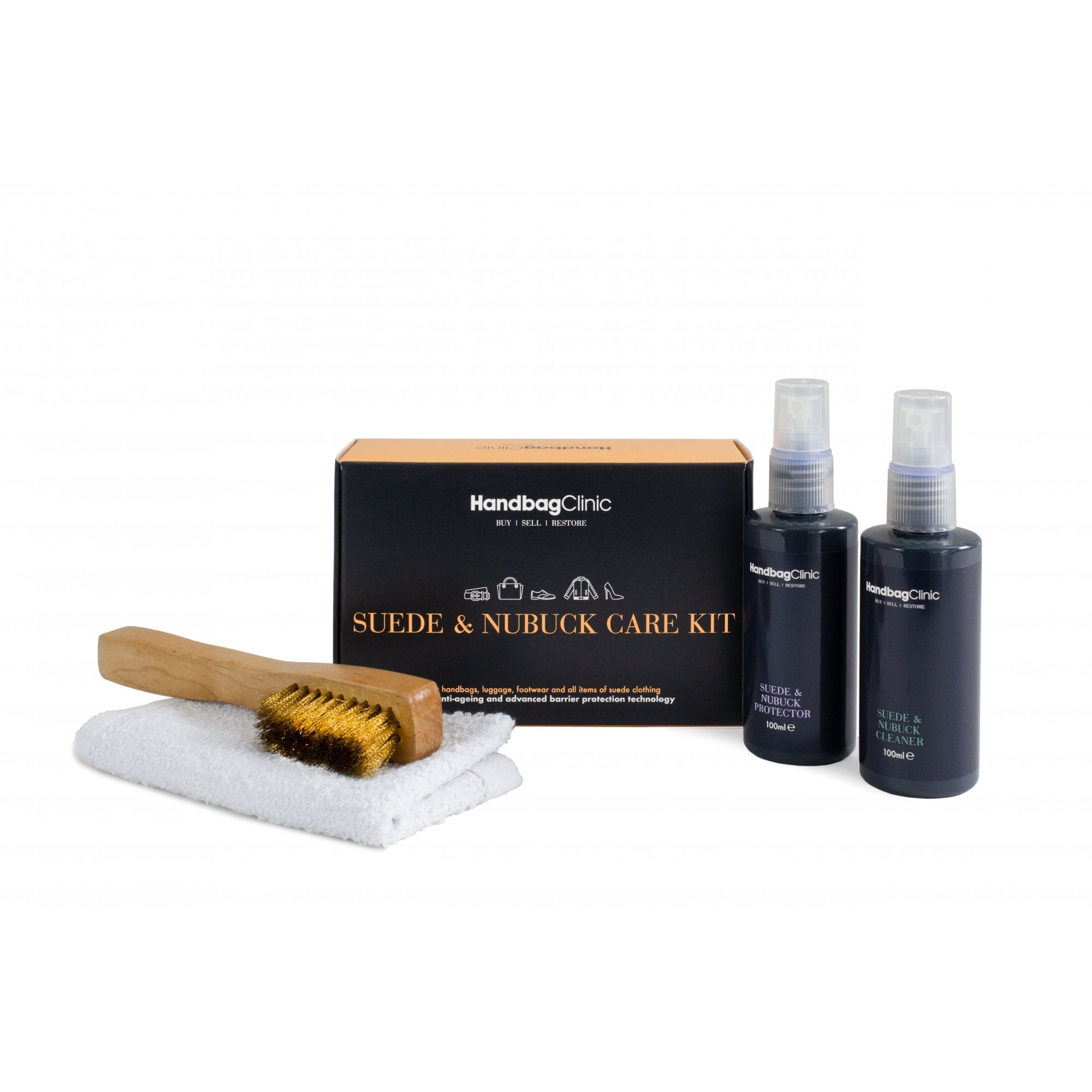
Suede: such a beautiful texture and finish, yet often such a burden. For day-to-day cleaning and maintenance you should use a specialist brush which has been dampened to lightly brush the surface and clean it. For tougher stains, I'd recommend you seek a professional so you don't risk ruining the soft texture of your beloved suede piece.
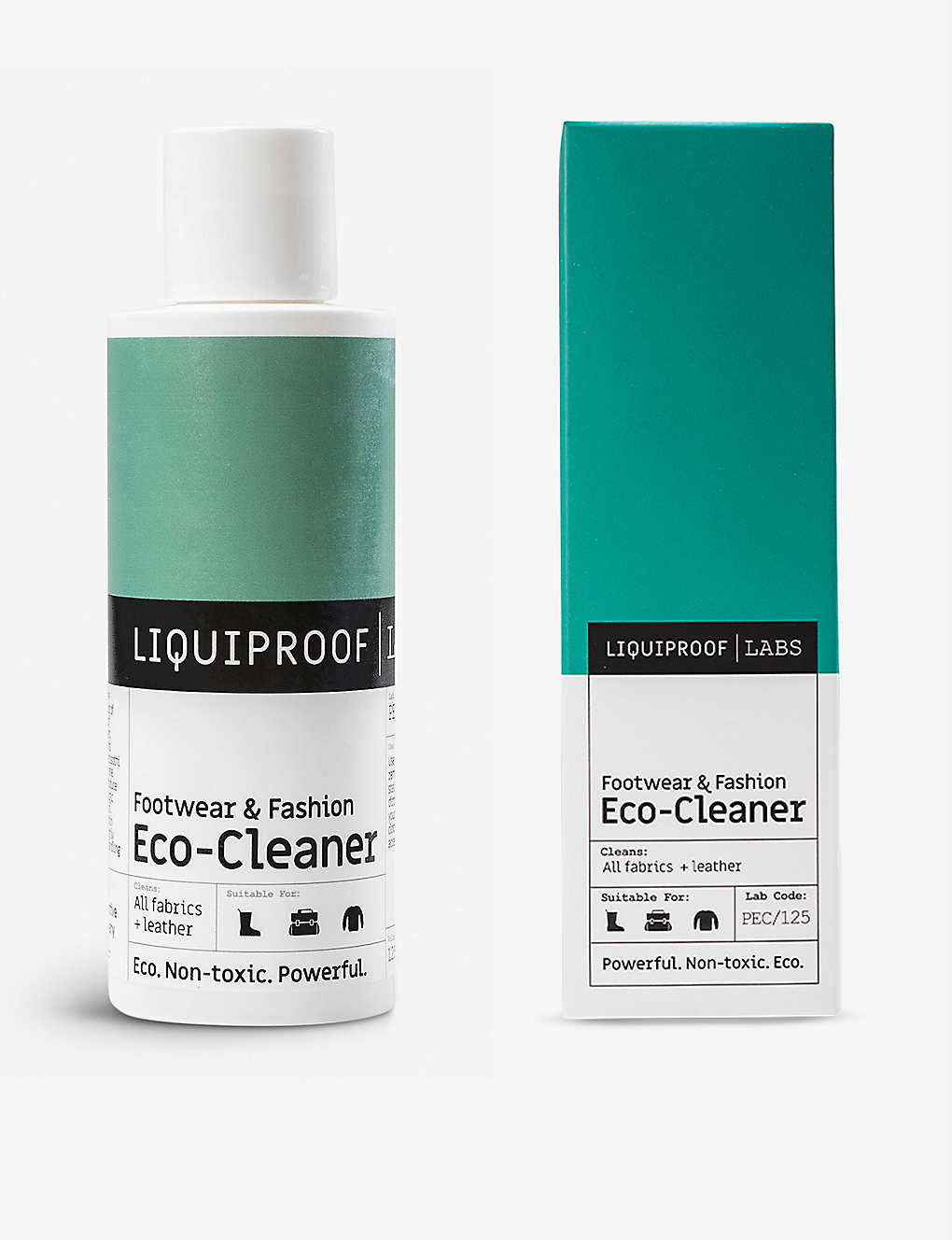
This product is non-toxic, bio-degradable and eco-friendly, and it's a good all-rounder for both your leathers and other textiles.
3. ODOUR REMOVAL
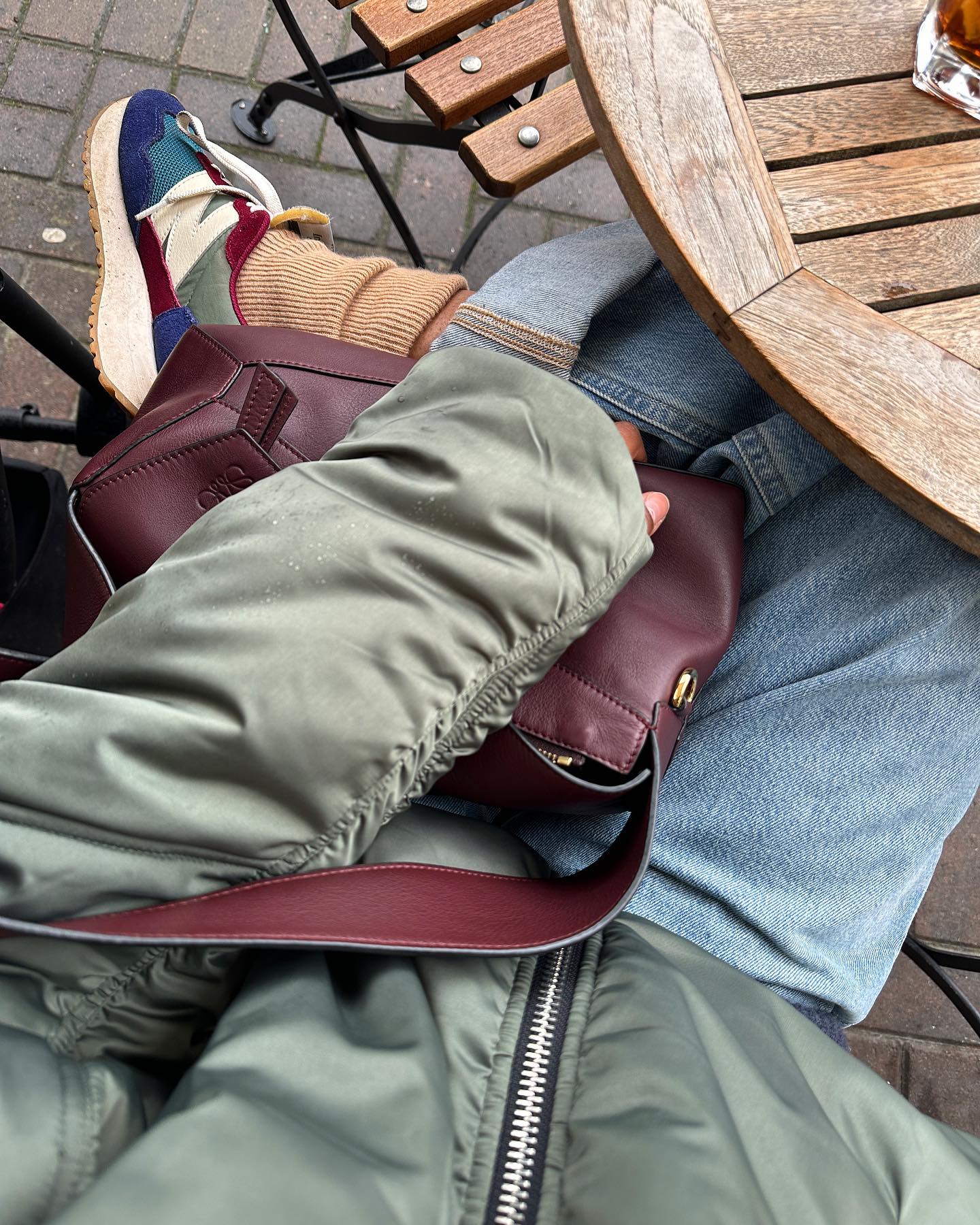
You may have just acquired a beautiful vintage handbag but can't seem to shake off the slightly musty smell that came with it. The odour is caused by bacteria build up on both the inside and/or outside of the bag, so first, it needs to be cleaned to remove the bacteria.
1. Determine the materials of both the lining and outer leather to ensure the correct cleaning method and product is used.
2. Pull out the inner lining if you're able to in order to give it a thorough clean and make sure all internal and external pockets are empty.
3. Work hardest on the handles, as this is where much of the build-up of oils will be, which can be a cause of odour.
4. Work in a protective cream for the leather and try a fabric-freshening spray for any fabric lining. A little product goes a long way, and be really careful not to soak the bag in product at any time.
Shop Cleaning Products:
4. HARDWARE
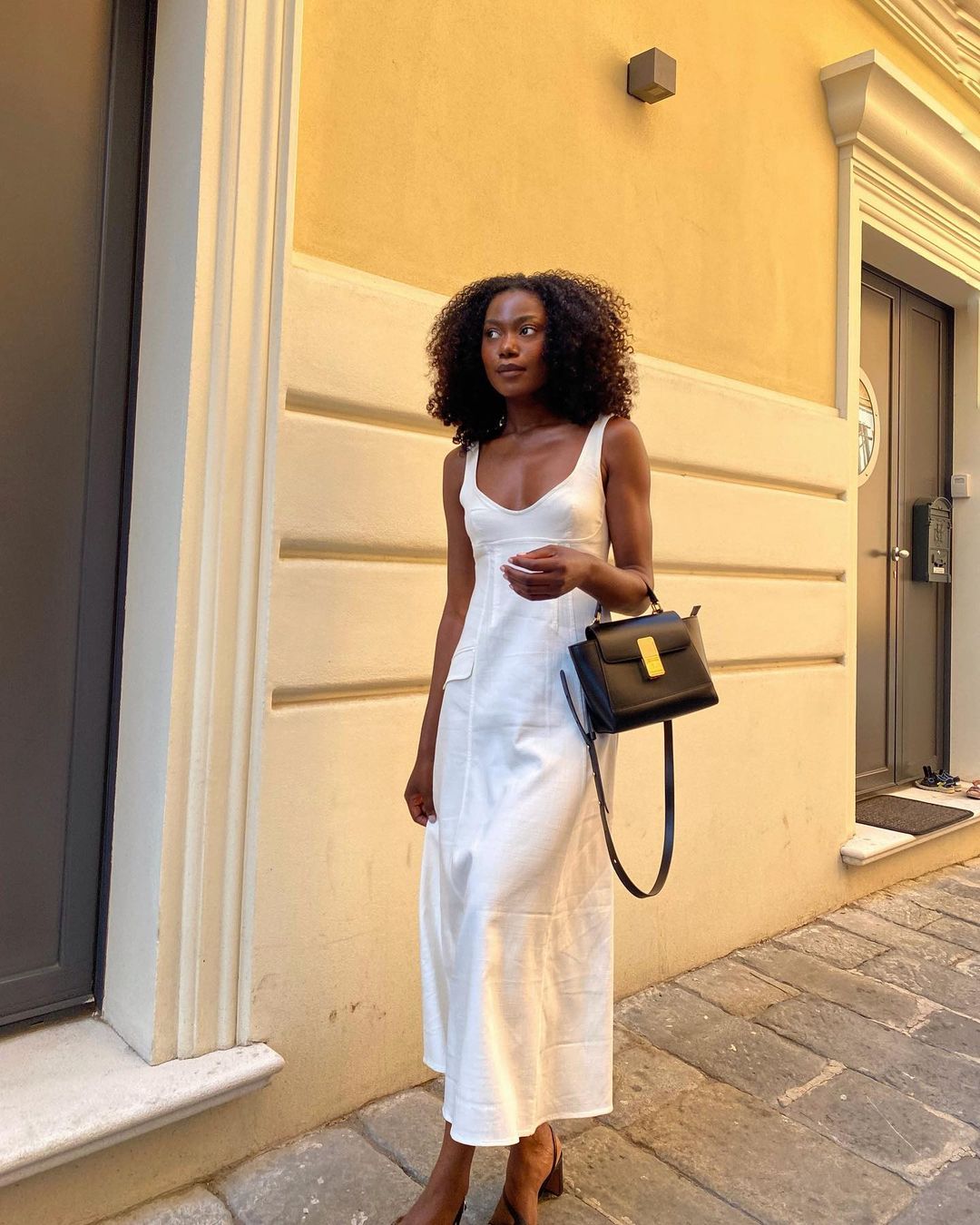
If the handbag in question has gold-plated hardware detailing, Sargent says that a professional at The Seam would use electrolysis to re-plate the metal and erase any scratches on the surface. For other metals such as brass, light surface scratches could use a polish and clean.
1. First, clean the area with a damp cloth to remove any surface dirt, and dry.
2. Apply a little polish to the area and use a soft, fine brush to clean the surface. Avoid getting the polish onto the surrounding leather.
3. Dry the area with a clean, dry towel.
4. Use a fine-fibre polishing cloth to buff the surface of the metal for a shiny finish.
Shop Hardware Cleaning Products:
5. THINGS TO AVOID
Leather is a natural product and very porous, leaving it vulnerable to lots of long-lasting damage. Unfortunately, it's usually the case that the more buttery-soft the leather, the more porous it is, too.
Although very common, the scary ink stain is best left to a professional, as it is essentially a dye, and your bag will likely be in need of a colour-restoration job. If the ink is diluted by water or cleaning product it will likely spread further into the leather, so I wouldn't advise tackling this one at home.
As much as vinegar is a saviour around the house, it should never be used on your leather handbag. This, along with baby and face wipes and a lot of similar at-home remedies, is not suitable for leather, as these products often contain chemicals or substances which could dry our or damage the leather and affect the colour, amongst causing other problems. Stick to a purpose-made cleaner at all times.
Never use water on a greasy stain. Oil and water do not mix, and it is much easier to remove oil from a dry surface. Wetting the area around it only leads to the possibility of setting the stain and spreading it. Instead, blot the area with a dry cloth or tissue to prevent any further spreading.
Don't leave your bag in direct sunlight as this can fade the colour over time.
I'll take this opportunity to repeat that you should not dry the cleaned spot with direct heat, as this could set a stain or distort the shape of the leather. And never, I repeat never, scrub the stain!
Shop Leather Handbags:
That's a lot of information here to try to retain, and it may seem a little overwhelming to care for your leather pieces, but you can always refer back to this guide and make sure your future-heirloom handbags remain in the best condition, forever.
Keep scrolling for my edit of the best leather handbags to put everything you've learnt (hopefully just the preventative advice) to the test.
THE BEST LEATHER BAGS UNDER £150
THE BEST LEATHER BAGS UNDER £300
THE BEST LEATHER BAGS UNDER £500
THE BEST LEATHER BAGS OVER £500
Next Up: If You're a Fan of The Row's Handbags, You'll Love This Lesser-Known Brand
Charly Suggett is a contributor forBest Knockoff Luxury Clothing UK. She is a stylist and writer from the Wirral and she has lived in London since 2011. After starting out as an intern and an assistant for numerous brands and publications, Charly ventured into styling editorials, music videos and commercials and discovered a love for writing and copywriting on top of this. She has compiled shopping pages and written for Grazia UK amongst other titles before having a chance taken on her atBest Knockoff Luxury Clothing UK. She continues to style and write while supporting her dog, Pete, who consumes the entirety of her camera roll and adoration.
